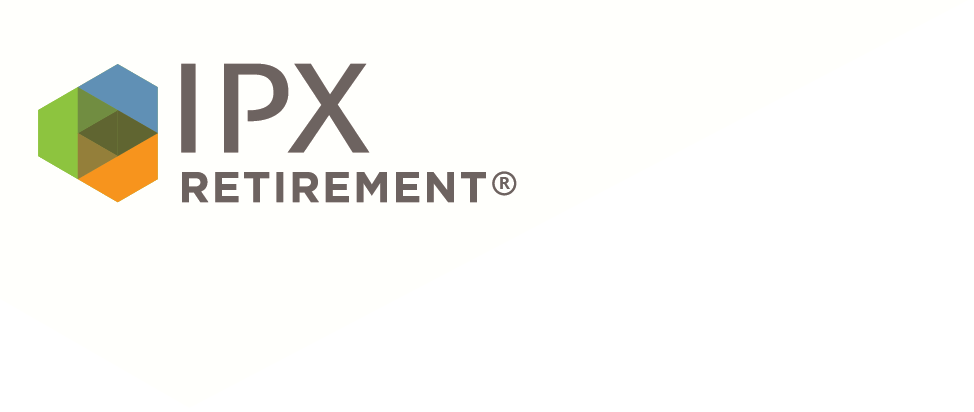In today’s evolving regulatory environment, it’s essential to make sure defined contribution plans are compliant and effective for their participants. Putting together a Plan Governance Program achieves both goals and is important both for plan sponsors and plan participants, even for plans not governed by ERISA requirements.
Simply put, a well-structured governance program can help in both limiting fiduciary risk and improving plan performance.
In this article, we look back at the history of plan governance in the non-profit and governmental sector and how it has evolved since the original SECURE Act passed.
Pre-2009 Plan Administration Takes a Hands-off Approach
Charitable organizations, public schools and universities may sponsor retirement plans that are governed by Section 403(b) of the Internal Revenue Code (“Section 403(b)”). Historically, the rules under Section 403(b) are different than the rules governing other types of retirement plans. In July 2007, the Internal Revenue Service (IRS) and the Department of Treasury issued final regulations governing these arrangements and the final regulations generally became effective January 1, 2009.
Prior to the regulatory changes of 2009, non-profit and governmental plan sponsors performed remittances for the most part – simple administrative actions for supplemental retirement plans. Department of Labor (DOL) regulations exempted 403(b) plans from ERISA’s requirements if they solely had a salary deferral feature and minimal employer involvement in plan administration. Starting in 2009, such “non-ERISA” plans were required to have a written plan document in order to satisfy the requirements under Code Section 403(b).1
Plan sponsors were now at the center of plan management. Third party administrators came into the picture, helping with aggregating data, common remittance, and providing plan documents. Plan sponsors took the first step to comply with IRS regulations but were still reluctant to taking on a fiduciary oversight function versus a compliance and regulatory function.
Impact of the SECURE Act on Non-ERISA Plan Management
There are two sides to managing a plan. One is risk management. Plan sponsors want to ensure compliance, for fear they end up subject to an audit. The consequences of regulatory scrutiny are a drain of your resources, both time and money. Being well-prepared is certainly an advantage, but there’s another side of plan management — the desire to provide a better plan for employees.
The Secure Act of 2019 seeded product evolution previously available only in the ERISA world. Notably, it introduced the concept of lifetime income. Without the passage of that legislation, the governmental market was sidelined from providing a lifetime income choice, with their options limited due to plan size. Now, investment providers are driven to create innovative products for the 403(b)/457 market in addition to the 401(k) market.
Employers want to ensure their employees are treated fairly and offered the best products. Additionally, they want well-credentialed advisors engaging with employees. A plan governance program will help plan sponsors evaluate not only the quality of the investment products offered in the plan, but also +the quality of those doing the offering.
In part 3 of our series, Modernizing Defined Contribution Plans in 2023 and Beyond, we will explore the elements of an effective plan governance program and why its needed, especially for non-ERISA plans.
This series was created for plan sponsors, TPAs, plan consultants and advisors and others involved in managing non-ERISA retirement plans. IPX Retirement provides recordkeeping, IRA, trust & custody, and lifetime income solutions to the retirement plan industry. For more information on the IPX Retirement Plan Governance Program, contact your plan advisor or IPX Retirement representative or visit ipxretirement.com/pgp.

